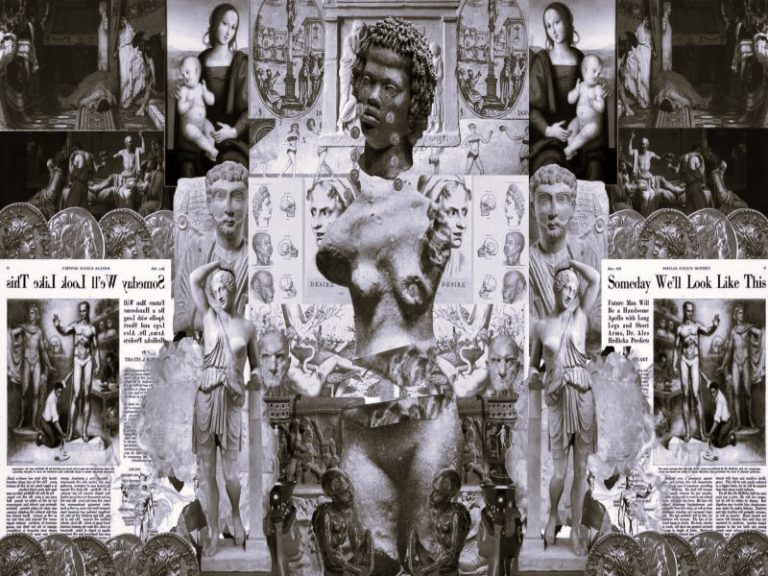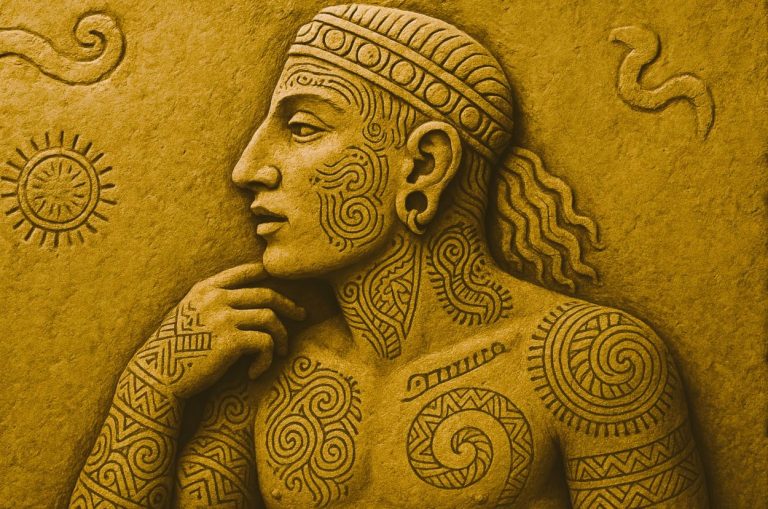

We often might not realize it, but photography is one of the most powerful tools in our daily lives. It is used to communicate ideas, capture moments, and tell stories. From capturing personal memories to shaping entire industries, photography has profoundly impacted how we interact with the world. In this digital era, photography’s role has expanded even further, influencing business, social media, journalism, art, and more.
This article explores the unique contributions of photography in these areas, illustrating why it remains such an indispensable part of modern life.
1. The Evolution of Photography
Photography has transformed significantly since its early days. Once a complex, expensive process reserved for professionals, photography became more accessible with the introduction of film cameras and, later, digital cameras. Today, almost anyone with a smartphone has access to high-quality photo technology, opening up photography to millions around the world. This democratization has reshaped the medium, as amateur photographers and casual users now contribute to the global pool of images. With digital advancements, photography has become not just a technical craft but also a popular medium for self-expression and storytelling.
2. Photography in Business Communication
In business, photography is essential for brand communication. Companies use high-quality images to convey their values, mission, and products in ways that resonate with audiences. Photography allows businesses to present a clear and consistent visual identity, from social media posts to product packaging and advertisements. The availability of royalty-free stock photos on platforms like Dreamstime has been a game-changer, especially for small businesses and content creators. By providing affordable and accessible images, these platforms allow brands to convey professional, visually appealing messages without hiring photographers or designers, making it easier to maintain a polished, cohesive look across different marketing channels.
3. Photography and Social Media
Photography and social media are intrinsically linked. Platforms like Instagram, Facebook, and TikTok have revolutionized how people use images to share experiences and build personal brands. For businesses and influencers alike, photography serves as a direct way to engage with audiences. Instagram’s rising popularity illustrates this trend, with visually captivating posts helping brands and individuals alike grow their online presence. As a tool for social media engagement, photography plays a crucial role in building credibility, fostering community, and driving engagement. Photos that capture moments, moods, and experiences help audiences connect with the content and often drive conversations that shape brand perception.
4. Photography in Journalism
Photography is a pillar of modern journalism, serving as a tool for delivering unbiased, clear documentation of events. Through photojournalism, photographers provide audiences with a visual context that written words alone cannot capture. Powerful images have long been instrumental in bringing attention to critical issues, from wars to natural disasters to human rights abuses. By presenting images that provoke emotion and stimulate thought, photojournalism can shape public opinion and raise awareness on a global scale.
5. Artistic Expression and Creativity
Beyond practical uses, photography is a great medium for artistic expression. Photographers use their lenses to create visual narratives, capture unique perspectives, and explore themes such as beauty, identity, and conflict. Both professional and amateur photographers experiment with composition, lighting, and subject matter to produce captivating works that challenge perceptions and inspire audiences. Photography as an art form has become widely accessible, allowing anyone with a creative eye to capture the world in new and unexpected ways.
6. Role of Photography in Social Movements
Photography has long been a powerful force in social movements, capturing images that evoke empathy, raise awareness, and drive change. In the modern world, photos have helped to amplify voices, exposing injustices and highlighting social causes. The impact of powerful images, like those depicting peaceful protests or stark realities of inequality, can resonate globally, reaching audiences who may not have otherwise engaged with these issues. By sharing these images on social media, photographers, activists, and everyday individuals can create waves of awareness, sparking dialogue and influencing public opinion.
7. Documenting Personal Memories and Milestones
For many, photography is a deeply personal medium, serving as a way to document life’s precious moments and milestones. With the rise of smartphones, people can easily capture moments that matter to them, from family gatherings to vacations to everyday happenings. Photography preserves these memories, allowing people to look back and relive cherished moments. Unlike in the past, when photos were often reserved for special occasions, today people can document their lives daily, from intimate newborn photography sessions that capture a baby’s first days to candid snapshots of ordinary moments. This abundance of personal images allows for a rich collection of memories that families can pass down through generations, making photography a way to keep personal histories alive.
8. Scientific and Technological Advancements
Photography plays an essential role in the scientific community, aiding in research, exploration, and technological advancement. From microscopic images that reveal cellular structures to the mesmerizing photos of distant galaxies captured by telescopes, photography offers insights that words cannot describe. Medical imaging technologies like MRI and X-ray machines rely on photographic principles to visualize internal structures, enhancing diagnostic capabilities and treatment planning. Similarly, in fields like environmental science, aerial and satellite photography track changes in landscapes, monitoring ecosystems, and helping scientists study climate change.
9. Photography in Fashion and Lifestyle
Photography is pivotal in the fashion and lifestyle industries, where it captures trends, highlights designs, and influences consumer behavior. In fashion, editorial photography showcases clothing and accessories, turning them into aspirational pieces for audiences. Lifestyle photography, often seen in magazines and blogs, promotes everything from home décor to travel destinations, creating a sense of style that consumers can connect with. In the digital age, lifestyle, and fashion photography are also prominent on social media, where brands and influencers alike share visual content that shapes popular culture. High-quality images are critical for these industries, as they create compelling visuals that appeal to consumers and drive brand loyalty.
10. The Future of Photography
As technology advances, photography is set to evolve in exciting and unforeseen ways. Innovations such as artificial intelligence, virtual reality (VR), and augmented reality (AR) are already impacting the field, opening up new possibilities for how images are created, shared, and experienced. AI-powered editing tools are simplifying post-production, while AR allows users to overlay digital images onto the physical world, creating immersive experiences. As these technologies develop, photography’s role will likely expand beyond traditional boundaries, enabling new forms of visual storytelling and enhancing how people interact with images.
Photography continues to be a defining element of the modern world, shaping how we see, understand, and engage with the world around us. From documenting personal moments to amplifying global causes, photography bridges the gap between the seen and the unseen, revealing stories and perspectives that might otherwise go unnoticed. s technology advances, photography will undoubtedly continue to evolve, influencing how we capture, share, and interpret the world. Photography remains, and will always be, a powerful tool for storytelling, connection, and change.


